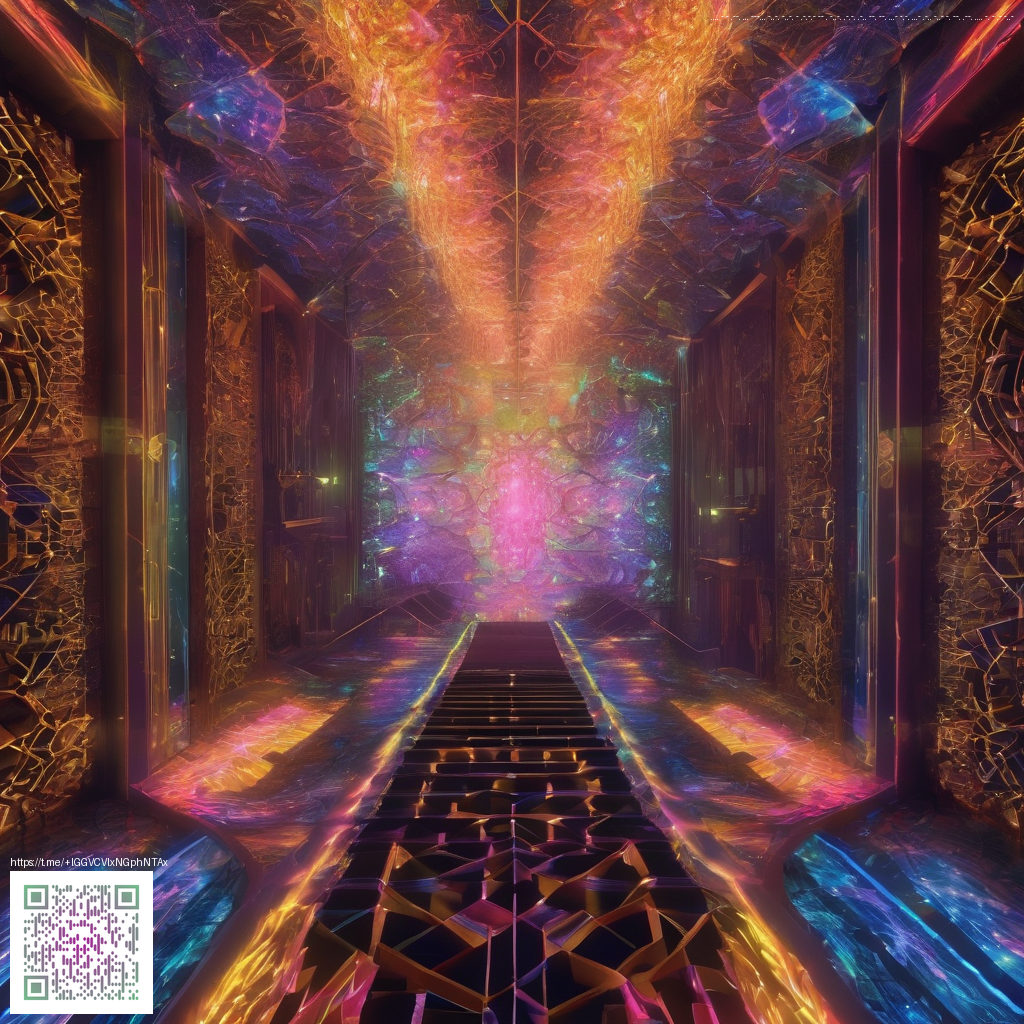
Choosing Color Palettes for Digital Paper
When you’re designing for digital paper—whether it’s a note-taking app, an e-reading interface, or a productivity dashboard—the colors you choose set the entire tone. A thoughtful palette can guide readability, establish mood, and even influence how users navigate your content. The goal is to create a cohesive, accessible look that works across devices and lighting conditions.
Understanding the color space of digital surfaces
Digital paper lives on screens with varying color capabilities. Most devices operate within the sRGB space, while some high-end displays support wider gamuts like Display P3. The practical takeaway is to pick palettes with strong contrast and predictable behavior across devices. Start with a base hue, add one or two accents, and then ground the design with neutral tones that won’t compete with your content.
“Color is not just decoration; it’s a memory cue, a pathfinding tool, and a mood setter all at once.”
A practical, step-by-step approach
- Define mood and audience. Are you aiming for calm professionalism, energetic creativity, or warm familiarity? Your palette should reflect that intent.
- Choose a base color and accent pair. Pick one dominant color and one or two supporting hues. Keep a neutral anchor (grays, off-whites, or soft beiges) for balance.
- Check contrast early. Ensure text against backgrounds meets accessibility guidelines (aim for a contrast ratio of at least 4.5:1 for body text).
- Test in the context of content. Visualize headings, body text, links, and UI elements with your palette before finalizing.
- Include variations for depth. Create light, mid, and dark variants so you can layer surfaces—cards, panels, dividers—without shouting in every area.
As you experiment, consider how a physical surface might influence perception. For example, you can relate digital tones to tactile textures and lighting. If you’re shopping for a tangible testing ground, the Neon Gaming Mouse Pad 9x7 Neoprene can offer a concrete sense of how color and contrast feel in practice on a real surface. You can explore the product page here: Neon Gaming Mouse Pad 9x7 Neoprene.
Tools and quick techniques
- Use a color wheel to generate harmonious combinations—complementary pairs, split-complements, or analogous families work well for digital paper.
- Leverage swatch libraries and palette generators to brainstorm quickly, then curate a short list of go-to colors for your project.
- Capture accessibility from the start: simulate grayscale for readability, then verify color-coded cues (like status indicators) still communicate meaning when color is limited.
In practice, the best palettes are those that adapt. They scale from a mobile screen to a large monitor while preserving readability and intent. Keep your hierarchy clear: use stronger contrast for headlines and maintain softer combinations for body copy. When in doubt, rely on neutrals to give your primary colors room to breathe.
Putting it into action
Sketch a few palettes on the page you’re designing, then test with real content. Try swapping base colors and observing how accents alter emphasis and navigational cues. The goal isn’t to chase the most vibrant hues, but to craft a steady rhythm that guides the eye and communicates the right mood at a glance.